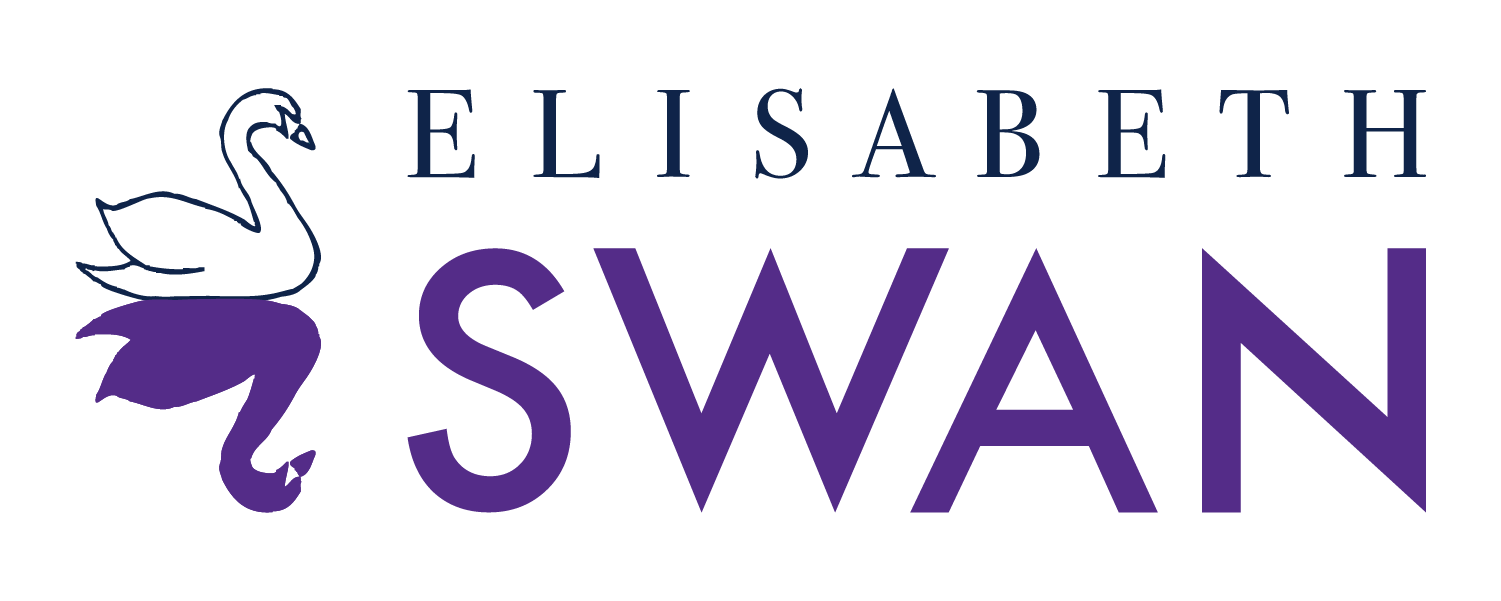Do you wish you were better with names? I received a painful lesson on the topic while running a workshop with a new colleague. During the morning of the first day, he asked all fifty participants to stand and introduce themselves. When we got to the last person, my colleague said, with a bit of fanfare, “okay everyone, now take off your name tags and throw them on the floor.” He proceeded to walk around the group and name all fifty participants.
Impressive! He knew everyone’s names and they all knew each other. And I had no idea who anyone was, and the name tags never reappeared. For the rest of the three-day workshop, he courteously addressed each person by name, while I either avoided people or used an all-purpose “you” as I worked with small groups. It was a difficult experience, and it left me curious. How did he remember all those names? How could anyone possibly memorize fifty names so quickly?
Have you ever confessed to being bad with names? Are you convinced that some people are naturally good at it—just not you? Have you ever been in a situation where someone forgot your name or used the wrong one? Do you remember how it felt? It turns out we’re extremely attached to our names. It can even be disturbing to meet a person with our same name—imposter!
Malia Wollan from The New York Times Magazine cites, “neuroimaging studies show that the sound of your own name produces distinct activities in the regions of our brains responsible for sense of self.” It’s the label of our identity.
Names matter. It’s worth understanding why we’re not good at them so we can figure out how to get better at remembering them. Some people avoid unintentionally offending people by simply not using their name if they can’t remember it. Or they avoid the unnamed person all together. That’s a reasonable tactic, but then you’re missing opportunities to connect with people. Making connections is key in most jobs. Remembering people’s names is a foundational skill.
What I learned that day completely changed my behavior. The impact professionally—and personally—is palpable. The time I commit to learning people’s names dramatically increases my ability to connect with others.
Here’s what I learned:
Step 1: Make it Your Goal
Most of the time, when meeting new people, we’re not focused on remembering their names, so we have to change that. We must set our intentions to remember people’s names. What’s key is making it a conscious decision.
I live with a prime example of the effectiveness of this first step. My husband is one of those people who swears that he’s “just bad at names.” He relies heavily on me at gatherings and requires a “name primer” before walking into a party. I told him about the “Make It Your Goal” step, and he acknowledged that back in the day when he was a bartender, he made it a point to remember not only people’s names but their drinks as well.
Around that same time, he was rear-ended at an intersection, and when he looked into the rear-view mirror, he saw the driver’s face and thought, “Whiskey Sour!” I’m not entirely sure if knowing the driver’s drink helped resolve the accident, but the point is there’s nothing wrong with his memory regarding names.
Step 2: Fight Your Brain
When someone introduces themselves, you get a chance to hear their name. And then it’s your turn. And as soon as you say your name, your brain recognizes it and focuses on you instead. It’s like your mind lights up and says, “That’s me!” and everything that came beforehand is gone, unless you made it your goal to remember. The sound of your own name changes the topic to you. Prepare for that and return to the person in front of you.
Step 3: Ask for Clarification
As I put my friend’s guidance into practice in my own workshops, I found that sometimes the person had a uniquely pronounced name, a foreign name or, for whatever reason, a name I didn’t get the first time around. It’s okay to ask people to repeat themselves or ask them for help with pronunciation. It helps you remember, and they’ll appreciate the effort. Which brings us to the next tip for remembering names.
Step 4: Repeat It
Repetition is key. Once I’ve heard a person’s name, I say it again. I might say it to myself silently or back to them out loud. I also repeat it to myself after I say my own name because I’m savvy to my brain’s inclination to say, “Hey, that’s me!” once I’ve introduced myself. Repeat, repeat, repeat.
Even hotels know that using peoples’ names is a good way to connect with guests. Many chains require front desk clerks to say each guest’s name three times during check-in. It makes people feel cared for which is key in the hospitality industry.
Step 5: Make Associations
It’s important to quickly form some kind of connection between the person’s name and their image. The person might remind you of someone you know with the same name—it could be a friend or a famous person. In my own practice my techniques can be silly or nonsensical but that’s fine as long as it works. Kurt happened to be an inch shorter than me—curt…short… “Hello Kurt!”
All of this hinges on the first step, intent. Remember the “Whiskey Sour”? My husband knew his customer’s drink and her name because it made him good at his job. It’s the same for the rest of us. Remembering someone’s name makes a big difference in how people feel treated as colleagues, participants, stakeholders, and customers. And how you treat people impacts their inclination to work with you, help you, give you information, or simply listen to you. The name’s Elisabeth, it’s been a pleasure.


